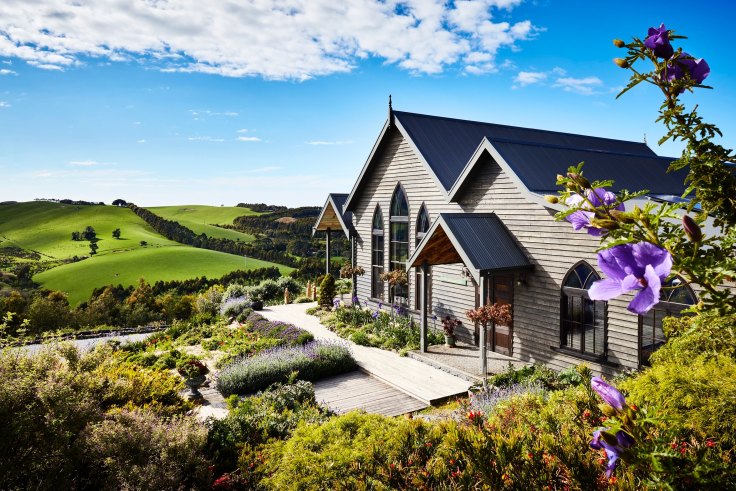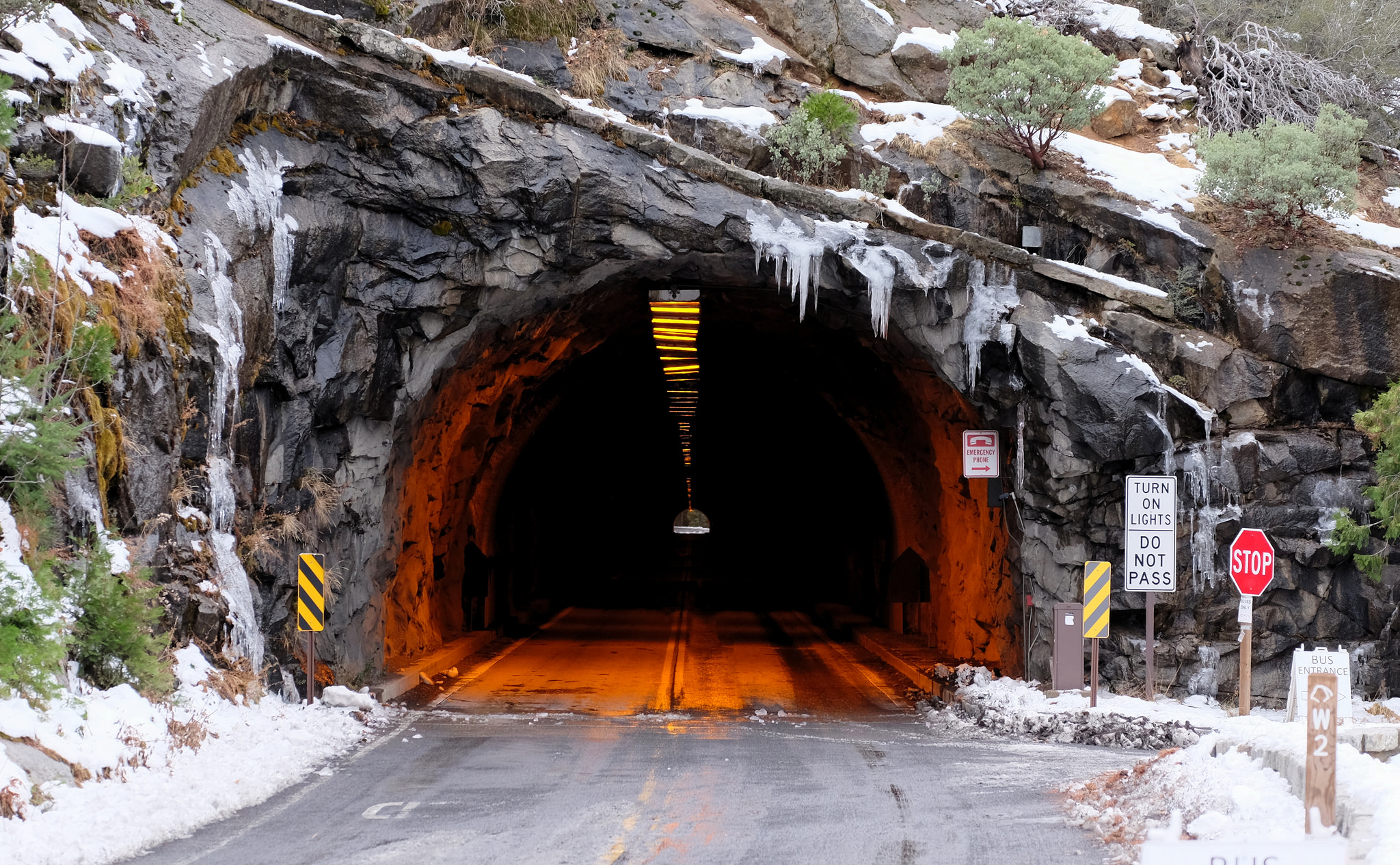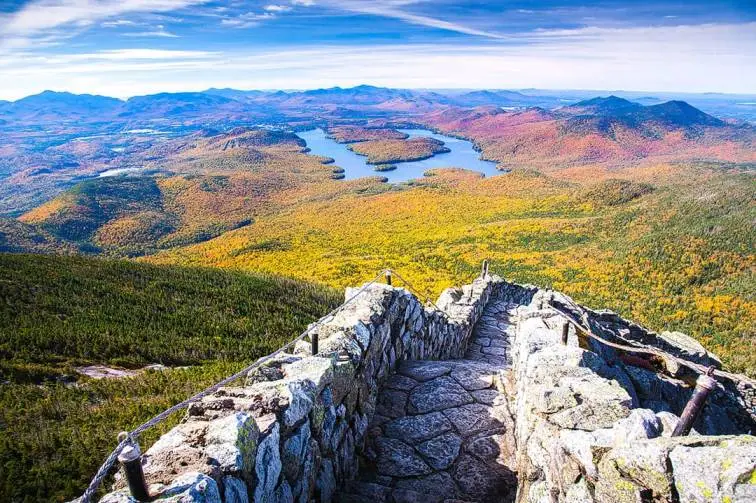These Are The World's Last Untouched Places
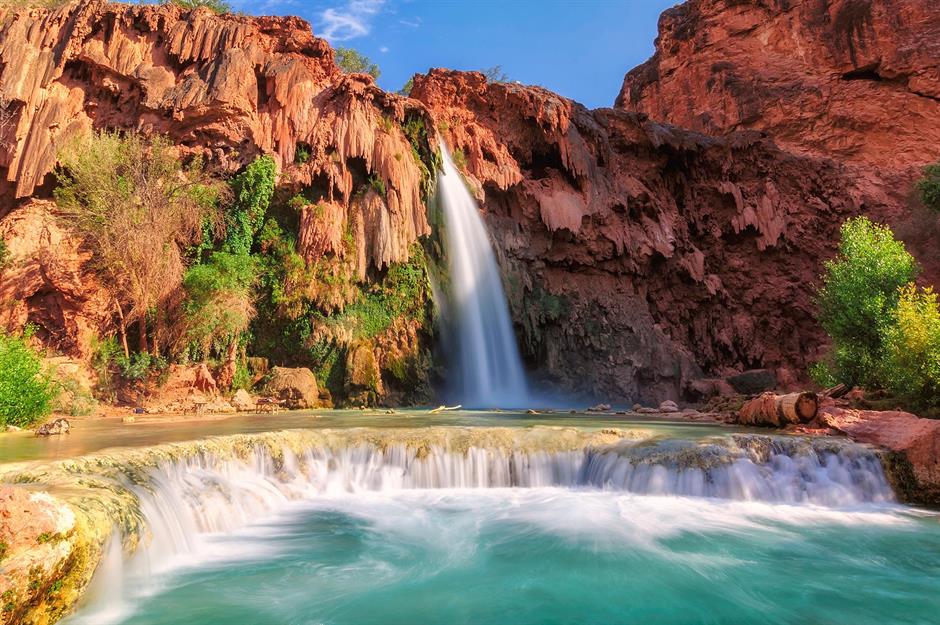
Nunavut, Canada:
This old northern environment has existed for millennia, yet it became a Canadian territory only in 1999. Nunavut, one of Canada's coldest and most sparsely populated areas, has a population of just under 39,000, accounting for approximately 0.1% of the country's total. However, because it is so enormous (about the size of Western Europe), its stunning landscape has mostly remained unspoiled. This area is home to a plethora of species, including polar bears, walruses, beluga whales, muskox, and Arctic wolf packs that roam freely.
Daintree National Park, Queensland, Australia:
The national park, established in 1981, has been a World Heritage Site since 1988, and is treasured for its outstanding biodiversity. It is home to a 110-million-year-old rainforest, one of the world's oldest ecosystems, and has remained mostly unaltered. The park also has thousands of plant species, 430 bird species, and trees that are over 2,500 years old that were formerly thought to be extinct.
Seychelles:

This Indian Ocean country is an archipelago of 115 islands and home to some of the world's most pristine natural treasures. Approximately half of its territory is set aside for conservation, and it is one of the world's leading countries in the protection of endangered species. Seychelles is home to some of the world's largest seabird colonies, as well as the country's national bird, the Seychelles black parrot, which is currently protected.
Fiordland, New Zealand:
Fiordland, characterized by steep, snow-capped mountains, deep lakes, and waterfalls, has never had a major permanent population, leaving it virtually undisturbed. Even native Maori people only came to this section of New Zealand to hunt, fish, and collect the valuable jadestone. Fiordland is New Zealand's largest national park and one of the world's largest.
Bhutan:
While many people are familiar with Bhutan's iconic Tiger's Nest monastery, the majority of the country has remained relatively unaffected by modernization. The country's constitution requires that 60% of its land remain under forest cover at all times, and more than 51% of the country is protected, the highest percentage of any Asian country. Bhutan's unbroken forests make it a biodiversity hotspot, home to creatures including red pandas, wild pigs, snow leopards, and Himalayan black bears.
The Galápagos Islands, Ecuador:
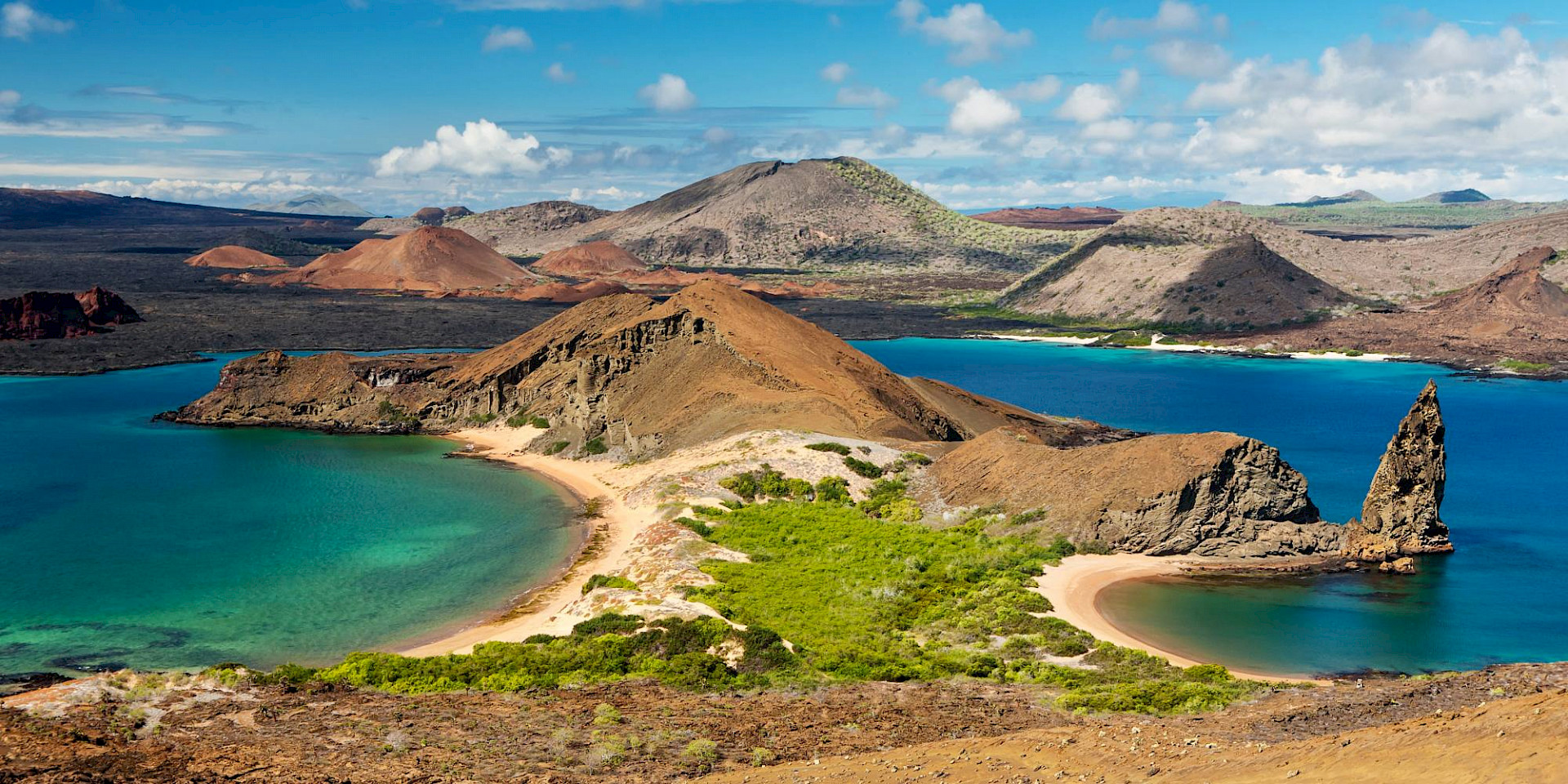
The Galápagos Islands are an isolated archipelago of islands located 605 miles (973 kilometers) off Ecuador's west coast. The diversity of fauna here is astounding, and it is famous for inspiring scientist Charles Darwin's Origin of the Species. The archipelago is a hard and remote environment in which creatures have evolved to thrive. Over 300 reptile species and birds, like the Blue-Footed Booby, call the Galápagos home; 50% of the world's breeding pairs live here.
Tsingy de Bemaraha Strict Nature Reserve, Madagascar:
The word tsingy translates as "the place where one cannot walk," a moniker that reflects how impenetrable this location can be. Except for a few trails and bridges, the Tsingy de Bemaraha, Madagascar's largest plateau of limestone karst pinnacles, has remained unspoiled by mankind. The formations are approximately 200 million years old, and the reserve's little-disturbed woods, lakes, mangrove swamps, and canyons provide ideal habitat for a variety of wildlife, including 11 different types of lemurs and 45 endemic reptile species.
The Ifugao rice terraces, the Philippines:
Rice terraces in Ifugao province, Philippines, were hand-carved into the hillsides 2,000 years ago and are breathtakingly beautiful. There are five massive, UNESCO-listed terraces that reach hundreds of feet into the air. According to local legislation, if all of the paddies were connected together end to end, they would stretch halfway around the Earth. For millennia, the rice fields and local culture have remained substantially untouched.
Ethiopia:
Until recently, Ethiopia's well-documented challenges dominated the headlines, leaving many of its gems unknown. It is a country with nine UNESCO World Heritage Sites and a wealth of amazing and unspoiled natural beauty. The Danakil Depression in Ethiopia's northern Afar region could look straight out of a sci-fi film, with its molten lava lakes, boiling volcanoes, and massive salt plains, while Dallol's sulfur springs add to the eerie lunar scene.
Mount Roraima, Venezuela, Brazil & Guyana:
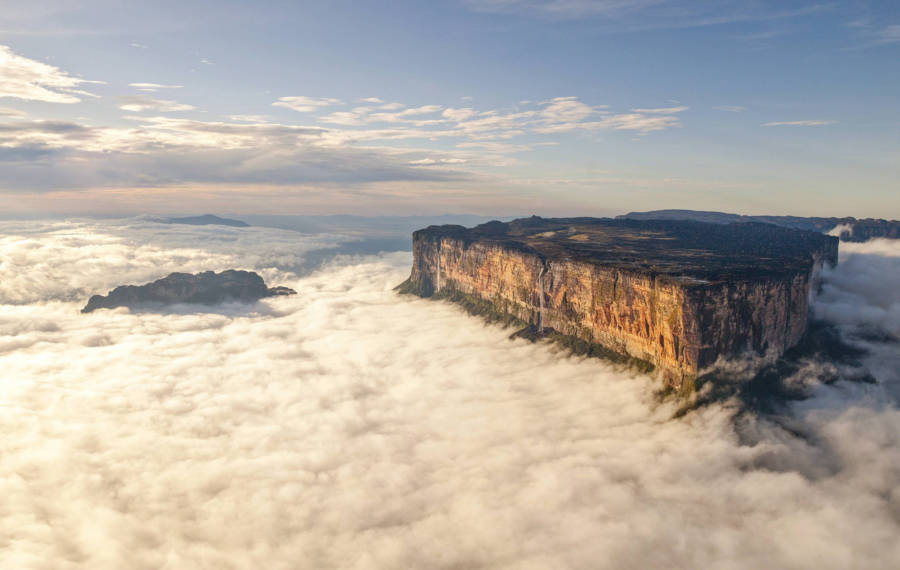
The picturesque Mount Roraima towers above the clouds and serves as a natural boundary between Venezuela, Brazil, and Guyana in South America. The flat-top mountain is said to be among the world's oldest, dating back approximately two billion years. At 9,220 feet (2,810 meters), it is also the continent's highest tepui (South American table-top mountain). The otherworldly natural wonder is also supposed to have inspired Sir Arthur Conan Doyle's 1912 novel The Lost World, which has dinosaurs and ape-men on a plateau.
Rock Islands, Palau:
The Rock Islands are located in Palau's southern lagoon and consist of around 300 separate islands spread across nearly 20 miles (32 kilometers) of ocean. The limestone and coral uprises, a UNESCO World Heritage Site since 2012, are almost completely desolate save for one inhabited location, and the surrounding reefs are home to many types of stingless jellyfish found exclusively in Palau.



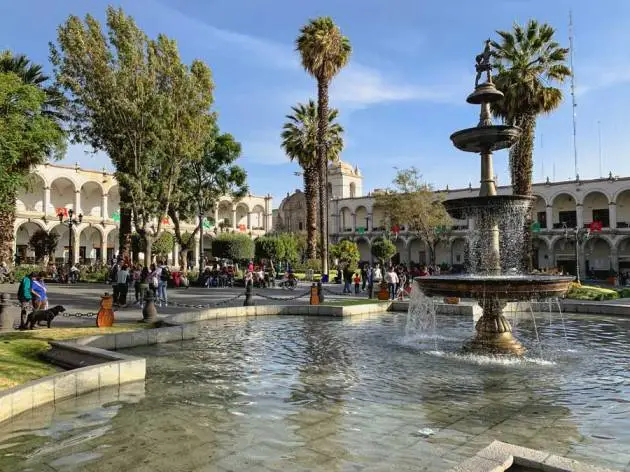
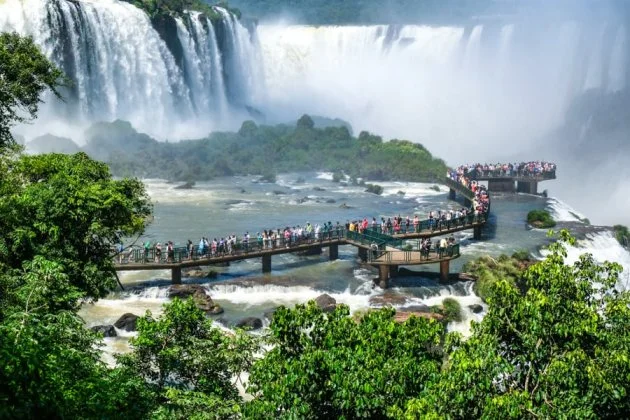
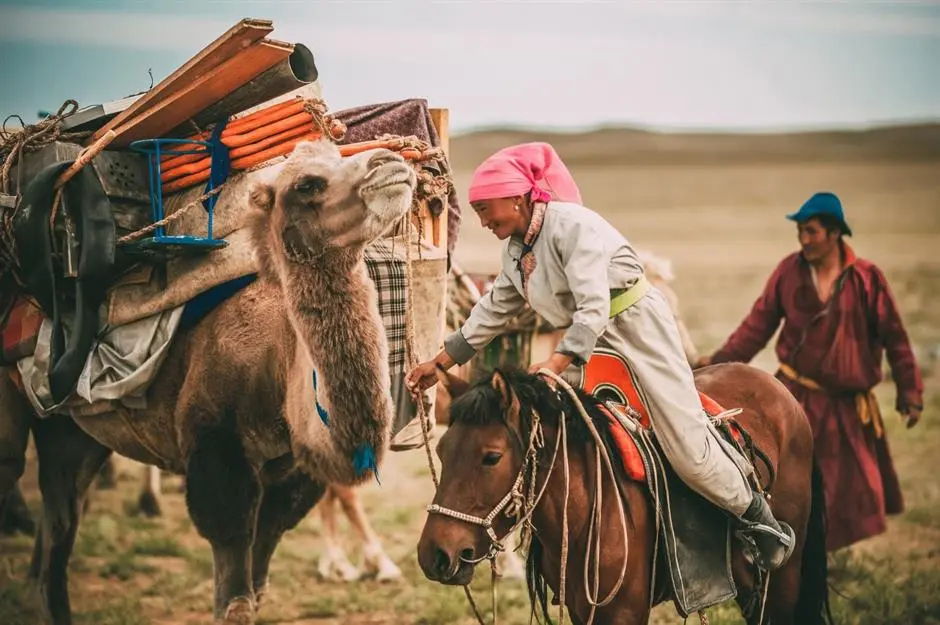
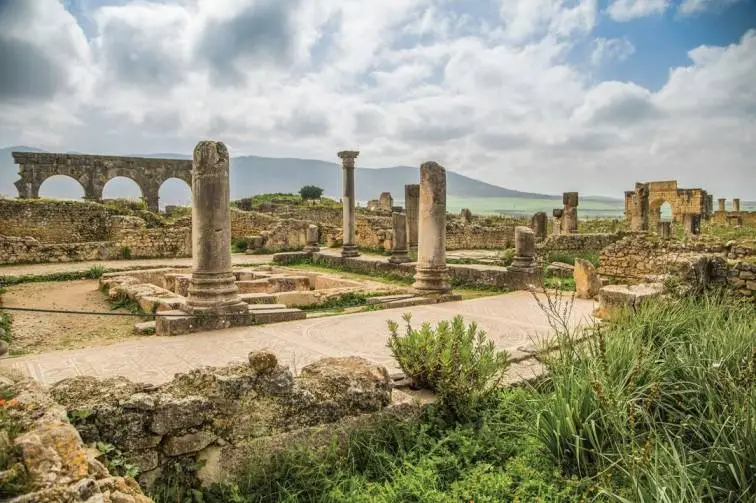
.webp)

